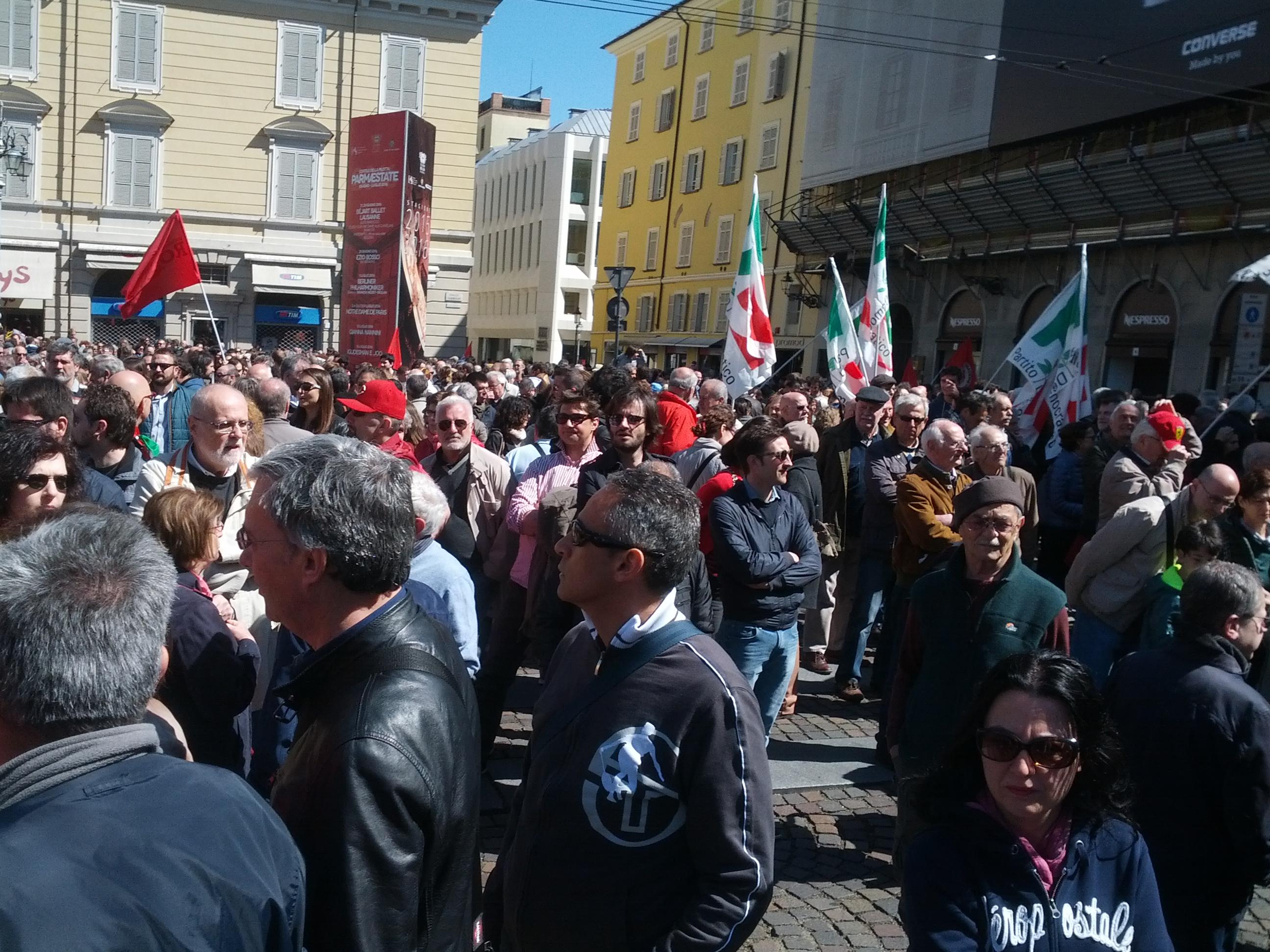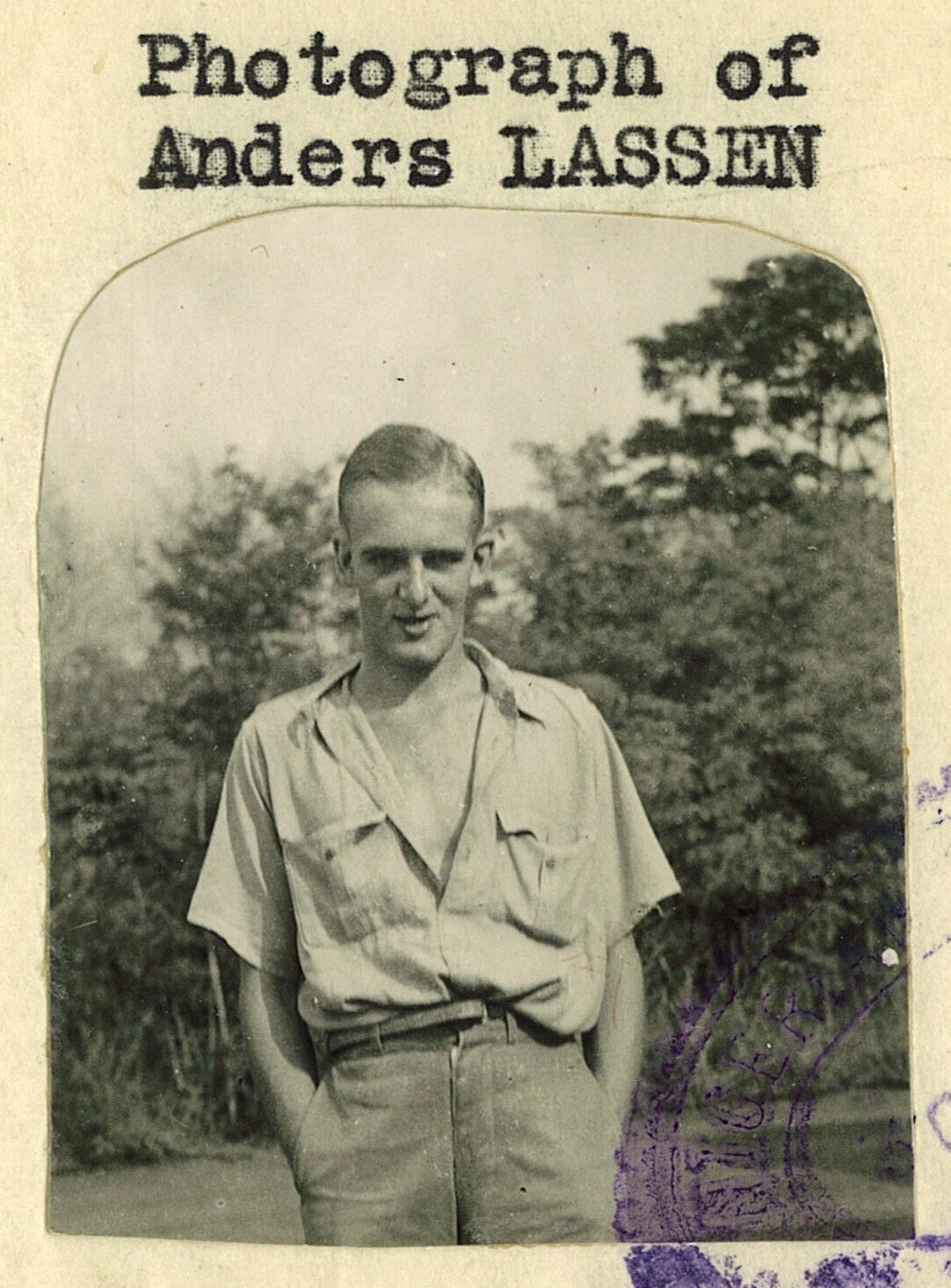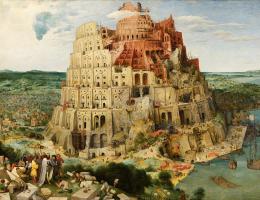In 1995 I was chairman of the European Jury for the Aristeion Prize for Literary Translation. To help the Jury in its work – comparing e.g. a Bulgarian translation of German poems with a French translations of Danish essays, or a Greek translations of an Irish novel etc. – I wrote a sort of checklist which was used as a loose basis for our discussions.
A few points to keep in mind when judging the merits of candidates for the Aristeion Prize for Translations
1. Is the original a "significant work of contemporary European literature"?
[This has nothing to do with the quality of the translation, but only translations of “significant works of contemporary European literature” could be considered for the prize.]
2. Is this its first translation into this particular language? If not: Are there any good reasons for re-translating it?
3. Is the translation complete?
If anything has been left out: Does there appear to be a good reason for the omission, or does it look like sloppiness or like an attempt at avoiding difficult problems?
4. Is the translation correct and accurate at the basic, semantic level?
If there are mistakes or inaccuracies: Are they serious and/or numerous enough to disqualify the translation as a whole? Can they somehow be excused? Are they perhaps counterbalanced by brilliant solutions to difficult problems elsewhere in the text?
5 .Does the style of the translation reflect that of the original?
Are the characteristic traits of the original somehow present in the translation? Or have its peculiarities been unduly normalized? Is that which is straightforward and unremarkable in the original also straightforward and unremarkable in the translation, or has it been rendered excessively strange or exotic? Has the beauty, ugliness or plainness of the original been preserved?
6. Does the original pose particular difficulties
If so, have they been resolved in a satisfactory manner? Have they perhaps even been resolved in a brilliant, creative manner? Or have they been ignored or dealt with in a less than satisfactory manner?
a. Language
• Structural differences between the two languages (e.g. analytical language vs. synthetic language)
• Important syntactical differences
• Asymmetrical vocabularies (e.g. in Greenlandic there are about a million different words for "snow"; in Danish there are only three or four.)
b. Style, e.g.:
• Verse/Rhythm
• Rhyme
• Puns
• Metaphors and other rhetorical devices
• Dialects/sociolects
• Gender-specific language (in some cultures men and women speak distinctly different languages)
• Language spoken by particular age groups, professions, trades, and other sub-cultures
• Other particular forms of the language (e.g. British English vs. American or Anglo-Indian)
• Slang and other unconventional language
• Archaic language
• Rare words and phrases
• Words and phrases invented by the author
• Particularly complicated or otherwise unusual sentence structure
c. Specialized vocabulary/fields of expertise
Must the translator have a particular knowledge of e.g. police work, engineering, dentistry, insurance, military affairs, ornithology, fencing, architecture, baroque music, sailing ships, the European Commission ...
d. Quotations, references, allusions etc.
• World Classics
• National literature which is perhaps not known by the readers of the translation
e. "Environment"/"the real world"
Many works of literature presuppose that their readers possess a certain basic knowledge of the physical realities of their country: e.g. its geography and the topography of its important cities; and also a certain familiarity with its history, religion, art, political institutions, traditions, everyday life, gastronomy, famous men and women etc. The readers of the translation, in most cases, do not have that kind of knowledge, which, however, may very well be essential for the understanding/appreciation of the text. Has the translator tried to solve this problem? How? Has he succeeded?
7. Keywords and -concepts and important phrases may be repeated throughout the text.
Has the translator recognized them and rendered them in a consistent manner? [Translation not being an exact science, there may be good reasons for inconsistencies.]
8. Is the translation as open to interpretation as the original?
Or has the translator eliminated ambiguities and made all the choices for his reader? Is the translation, perhaps, more ambiguous and open to interpretation than the original? If the translation differs from the original in this respect: are there any good reasons for this?
9. Is the translation as readable (or unreadable) as the original?
10. Is the quality of the translation maintained consistently throughout the text?
11. Does the translator show a complete, creative command of his own language?
https://thomasharder.dk/en/some-thoughts-how-judge-quality-literary-translations







